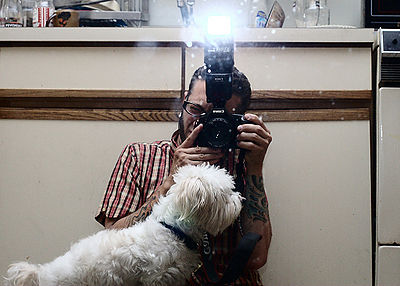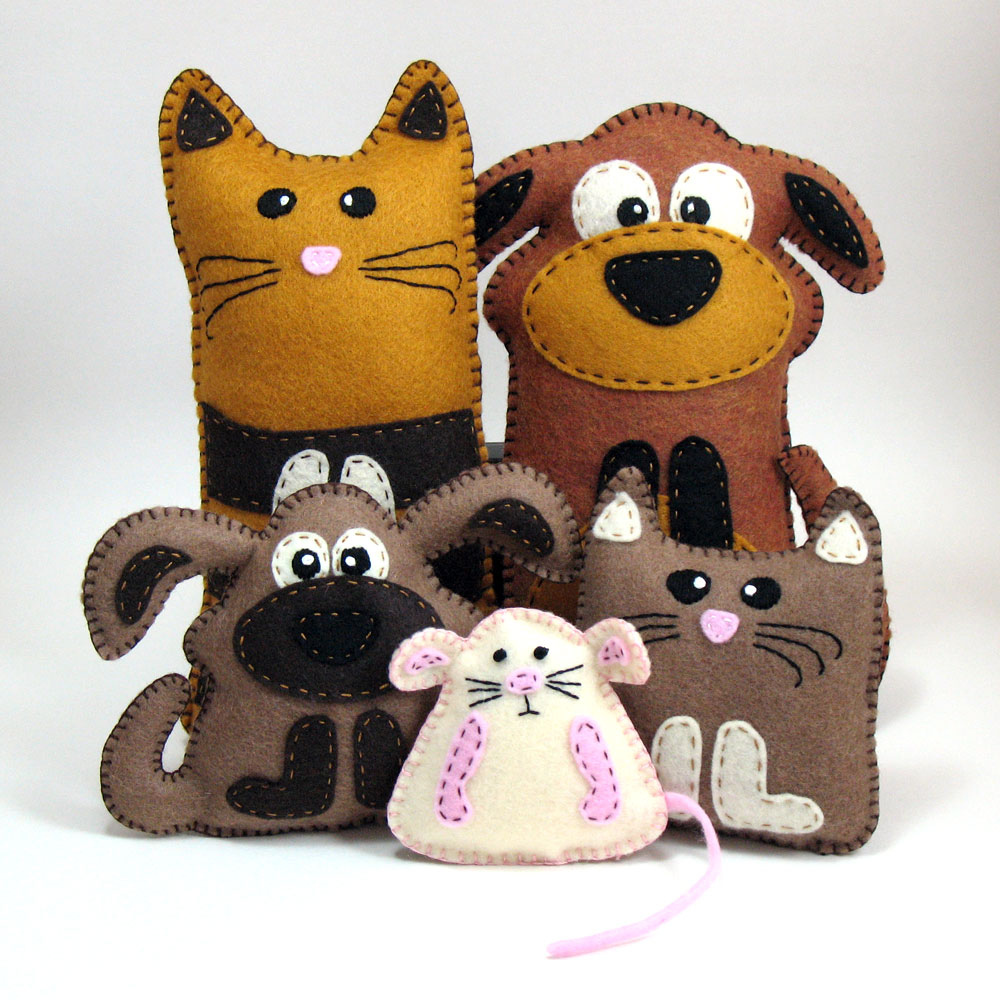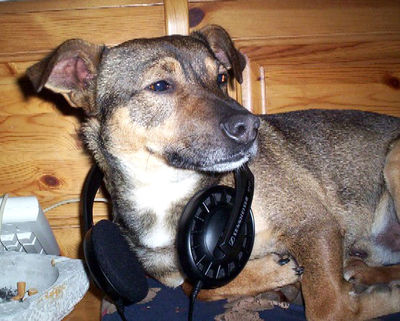
You’ve got a dog or a cat (or maybe several), and you want to take some pictures. How do you get your pet’s attention for those seconds that you need to take the pictures?
Well, it’s not always easy, but it’s just about always possible.
First, expect to take lots of pictures. Maybe 40 or 50 or 100 pictures. This is a big secret for professional photographers. A photographer for National Geographic may, in fact, take thousands or even tens of thousands of images to get one perfect photo. You may not be looking for perfection, but you will probably need the time, patience, and camera memory space for a few dozen pictures at least.
Stay patient. If you get flustered or impatient, you will communicate that to your pets. The more frustrated you get, the less likely your pets are to calm down and behave for you. You communicate your attitude through your voice, your body language, and even your breathing.
Use noises. At the second when you’re going to click the shutter button, squeak a squeak toy. Or make any noises that your pets will pay attention to: You can bark, howl, call “Kitty, Kitty, Kitty,” ask who wants a cookie, ask about going for a walk, make rooster noises, make moo noises, or make “brrrring!” telephone noises. Make sure that the noise coincides with the instant that you take the picture. If your pets get bored by one noise, switch to another.
Get help. If someone can help you get your animals’ focus, have them stand exactly where you want the dog or cat to look–not 2 feet or 5 feet away from that point, not too high or too low. If you want your dog or cat to look right at the camera, then the attention-getter (which is probably the sound itself) needs to be very near to the camera. If your assistant holds the squeaker way over your head, the dog or cat will look up too high, and you’ll get a great shot of their nostrils. Probably not what you want!
Use secret noise weapons. If your animal reacts too much to the squeaker, then keep it hidden in a hand or behind a back. If you want your dog to close its mouth or to put its ears up, try making a sharp inhale noise, like “Aahh!” A handclap or fingersnap may also get the dog’s mouth closed and ears up.
Use secret toy weapons. Especially for a cat, try a feather on a fishpole toy to get your cat’s attention. Do the best you can to frame the shot without the toy in it (or you may be able to crop it out later), unless you’re all right with having the toy in the picture.
Get professional help. For the most certain results, have the photos taken by a professional photographer who has a lot of experience with pet portraiture. If you’ll be working indoors, using studio lighting (not just a flash) helps as well. It minimizes the amount of time that your dog or cat has to sit still.
Enjoy personality. Finally, the best portrait shot may be the one that reveals your pet’s personality. It may not be the perfectly stacked conformation pose, but it may tell you a lot about who your dog or cat is. Or it could be the picture that makes you laugh. In the long run, that may be the photo you cherish for years to come.
If you have any questions or suggestions, please go to [1]. Then follow the link to our photography site (by the orange star). To read more articles by Rebecca and Virgil of Paw Prints, click the Blog link at the top of any page on [2]. Thanks for reading, and your comments are always welcome!
Happy photographing!
Related articles:


